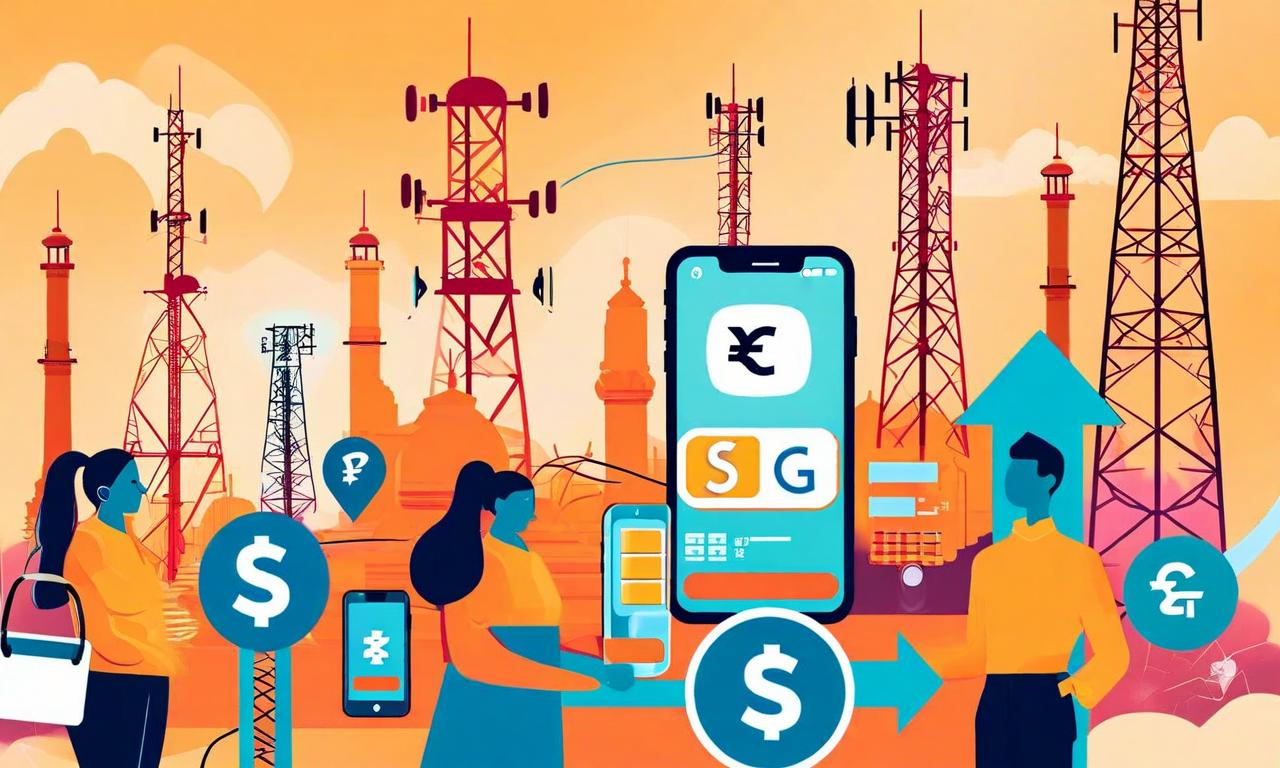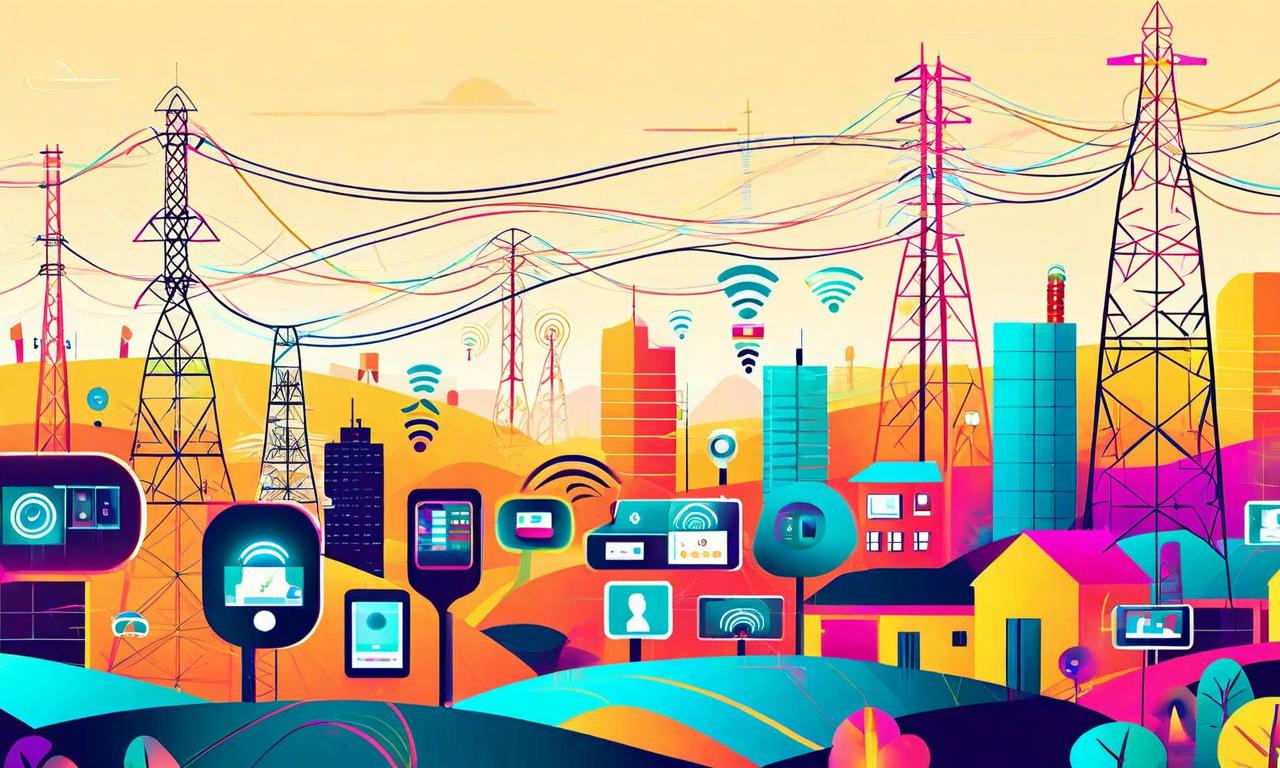DOT Sets December Deadline for Satellite Spectrum Allocation, as Indian Telecom Sector Shows Stable Growth
The Department of Telecommunications (DOT) in India has set a December deadline for allocating satellite spectrum, paving the way for major players like Starlink, Eutelsat, OneWeb, and Jio Satellites to launch satellite broadband services. The spectrum allocation is expected to lead to service launches by early 2026, potentially revolutionizing India's digital landscape by bridging the digital divide, enhancing connectivity, and supporting the Digital India initiative. Meanwhile, the traditional telecom sector shows stable growth, with Reliance Jio leading subscriber additions in August.

*this image is generated using AI for illustrative purposes only.
The Department of Telecommunications (DOT) in India is making significant strides in the satellite broadband sector, setting a December deadline for the allocation of satellite spectrum. This move is expected to revolutionize the broadband landscape in the country, potentially benefiting both urban and rural areas.
Key Players in the Satellite Broadband Race
The spectrum allocation will enable several major players to launch their satellite broadband services in India. The companies poised to benefit from this allocation include:
| Company | Type |
|---|---|
| Starlink | Global satellite internet constellation |
| Eutelsat | European satellite operator |
| OneWeb | Low Earth orbit satellite communications company |
| Jio Satellites | Subsidiary of Indian telecom giant Reliance Jio |
Timeline and Implications
The DOT's timeline for spectrum allocation is crucial for the future of satellite broadband in India:
| Event | Timeline |
|---|---|
| Spectrum Allocation Deadline | December 2023 |
| Expected Service Launch | Early 2026 |
This two-year gap between spectrum allocation and service launch highlights the complexity and scale of implementing satellite broadband technology. It allows companies time for:
- Satellite deployment
- Ground infrastructure setup
- Regulatory compliance
- Service testing and optimization
Potential Impact on India's Digital Landscape
The introduction of satellite broadband services could have far-reaching effects on India's digital infrastructure:
Bridging the Digital Divide: Satellite broadband can potentially reach remote and rural areas where traditional terrestrial networks struggle to provide coverage.
Enhanced Connectivity: The technology promises to offer high-speed internet access across the country, boosting various sectors including education, healthcare, and e-commerce.
Competition in Telecom Sector: The entry of satellite broadband providers may intensify competition in the Indian telecom market, potentially leading to improved services and competitive pricing for consumers.
Support for Digital India Initiative: This move aligns with the government's Digital India program, aiming to transform India into a digitally empowered society and knowledge economy.
Current Telecom Sector Performance
Meanwhile, the Indian telecom sector continues to show stable growth. Recent data for August reveals:
- Reliance Jio led subscriber growth with 2.30 million new active subscribers.
- Bharti Airtel added 1.30 million subscribers.
- Vodafone Idea experienced a slight decline of 0.10 million subscribers.
ICICI Securities noted that Reliance Jio's fixed wireless access subscriber base is scaling well, indicating a positive trend in the company's diversified service offerings.
As the December deadline approaches, all eyes will be on the DOT and these satellite broadband companies. The successful allocation of spectrum and subsequent launch of services could mark a new chapter in India's digital journey, promising enhanced connectivity and new opportunities for millions of Indians, while the traditional telecom sector continues to evolve and grow.



























